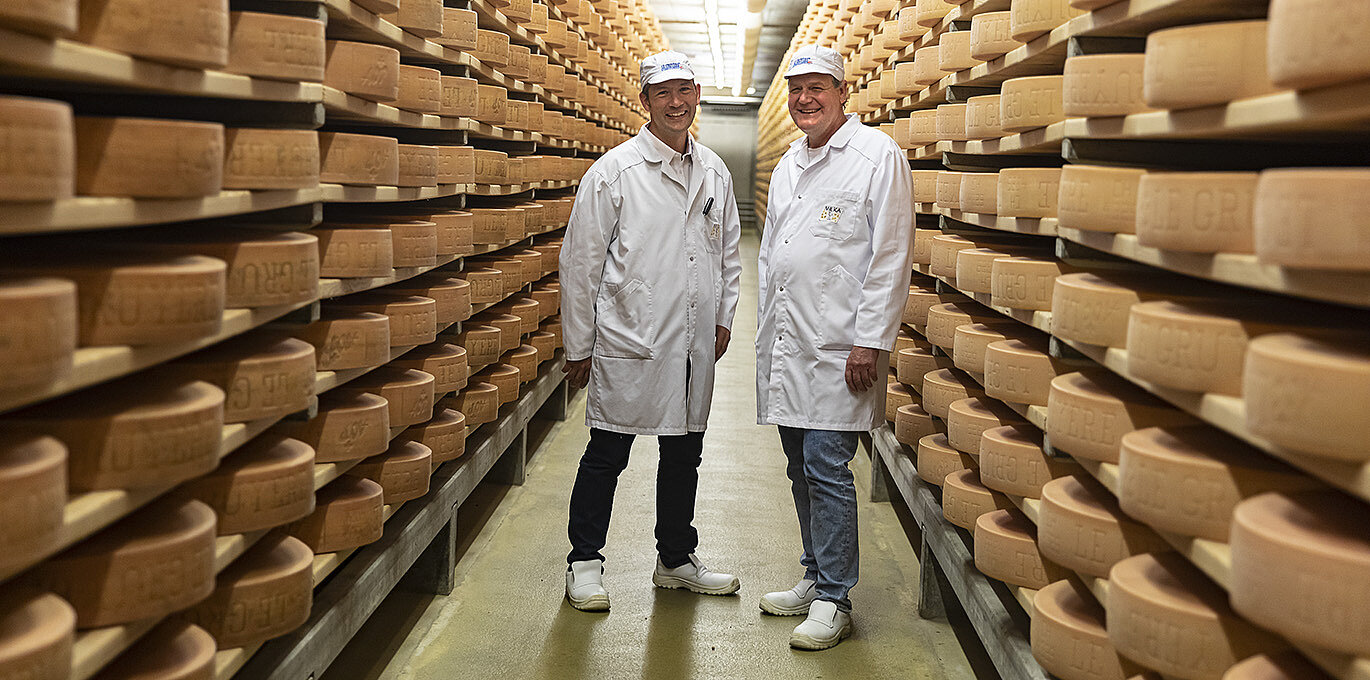Why Floridia Cheese Thomastown Is a Gem in Melbourne Made Cheese
Why Floridia Cheese Thomastown Is a Gem in Melbourne Made Cheese
Blog Article
Opening the Keys of Artisanal Cheese Making: A Detailed Do It Yourself Guide
In the world of cooking craftsmanship, artisanal cheese making stands as a testament to the delicate balance between custom and development. As we begin on this journey to debunk the art of developing beautiful cheeses, we are faced with a tapestry of secrets and abilities waiting to be untangled.
Selecting the Right Milk
When getting started on the trip of artisanal cheese making, the option of milk plays an essential role in determining the quality and features of the last product. The type of milk picked influences the taste, structure, and in general account of the cheese.
When choosing milk for cheese production, it is very important to consider the fat web content. Higher fat content in milk can lead to a creamier and richer cheese, while lower fat material may cause a drier and firmer structure. Additionally, the resource of the milk, whether from cows, goats, sheep, or buffalo, adds distinctive flavors and attributes to celebrity (Floridia Cheese). Each sort of milk brings its own nuances, enabling for a wide variety of cheese ranges to be crafted based on the selected milk. Inevitably, the option of milk is a fundamental choice that establishes the structure for a successful artisanal cheese-making venture.
Culturing and Coagulating
To start the cheese-making procedure, the essential steps of culturing and coagulating need to be very carefully executed to transform milk into curds and whey. Culturing entails presenting beneficial bacteria to the milk, which then begins the fermentation procedure. These bacteria transform lactose (milk sugar) right into lactic acid, developing the acidic setting essential for coagulation. The kind of society used can significantly affect the flavor, appearance, and ripening of the last cheese item.

The timing and temperature level control during culturing and coagulation are critical variables that influence the last result of the cheese. Correct implementation of these actions is necessary to guarantee the desired structure, flavor, and uniformity of the artisanal cheese being produced.
Draining Pipes and Pushing Curds
After the milk healthy proteins have actually coagulated and the curds have actually been reduced to release whey, the next important action in artisanal cheese making involves draining and pressing the curds to attain the preferred appearance and consistency of the final cheese item. The time for draining pipes can differ depending on the type of cheese being made and the desired wetness content.
Pushing aids get rid of any kind of continuing to be whey and compacts the curds to create a solid cheese wheel. Appropriate pushing and draining pipes are critical actions that dramatically influence the top quality and features of the artisanal cheese being produced.
Aging and Flavor Strategies
Implementing thorough aging and flavor methods is critical in enhancing the browse around this web-site depth and intricacy of artisanal cheeses, boosting their preference profiles to charming degrees of refinement and elegance. Aging plays a vital function in developing the one-of-a-kind tastes and structures that identify artisanal cheeses.
Seasoning strategies additionally add substantially to the last taste of artisanal cheeses. Cheesemakers may choose to introduce added tastes by integrating active ingredients such as herbs, spices, or perhaps fruits right into the cheese throughout the production procedure. Additionally, some cheeses are washed or scrubed with different liquids, such as brine or alcohol, to boost their textures and flavors.
Covering and Keeping Cheeses

Conclusion
To conclude, grasping the art of artisanal cheese making includes thoroughly picking the best milk, adhering to accurate culturing and coagulating procedures, draining and pushing curds efficiently, and using numerous aging and flavoring strategies. By read this following these steps vigilantly and with focus to detail, you can create your very own scrumptious and distinct cheeses in the house. Remember to wrap and keep your cheeses effectively to ensure ideal taste and texture advancement. Delighted cheese making!
Each type of milk brings its own subtleties, permitting for a wide array of cheese varieties to be crafted based on the selected milk.After the milk proteins have actually coagulated and the curds have actually been cut to release whey, the next essential action in artisanal cheese making entails go draining and pressing the curds to attain the desired appearance and uniformity of the last cheese product. Many cheeses must be covered in wax paper or cheese paper to enable them to breathe while securing them from drying out. For cheeses that require to continue aging, such as bloomy rinds or washed peels, ensure they are stored in an amazing atmosphere like a cheese cave or a refrigerator established to the suitable temperature. By paying attention to the covering and storage space of artisanal cheeses, cheese makers and enthusiasts can maintain the honesty of these delicacies and fully appreciate their intricate flavors.
Report this page